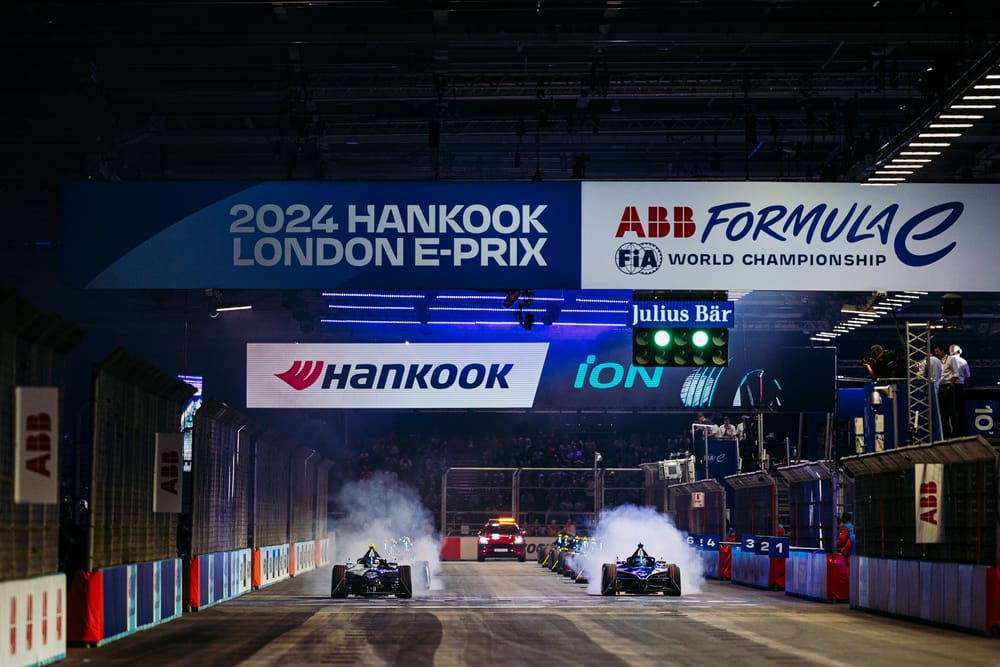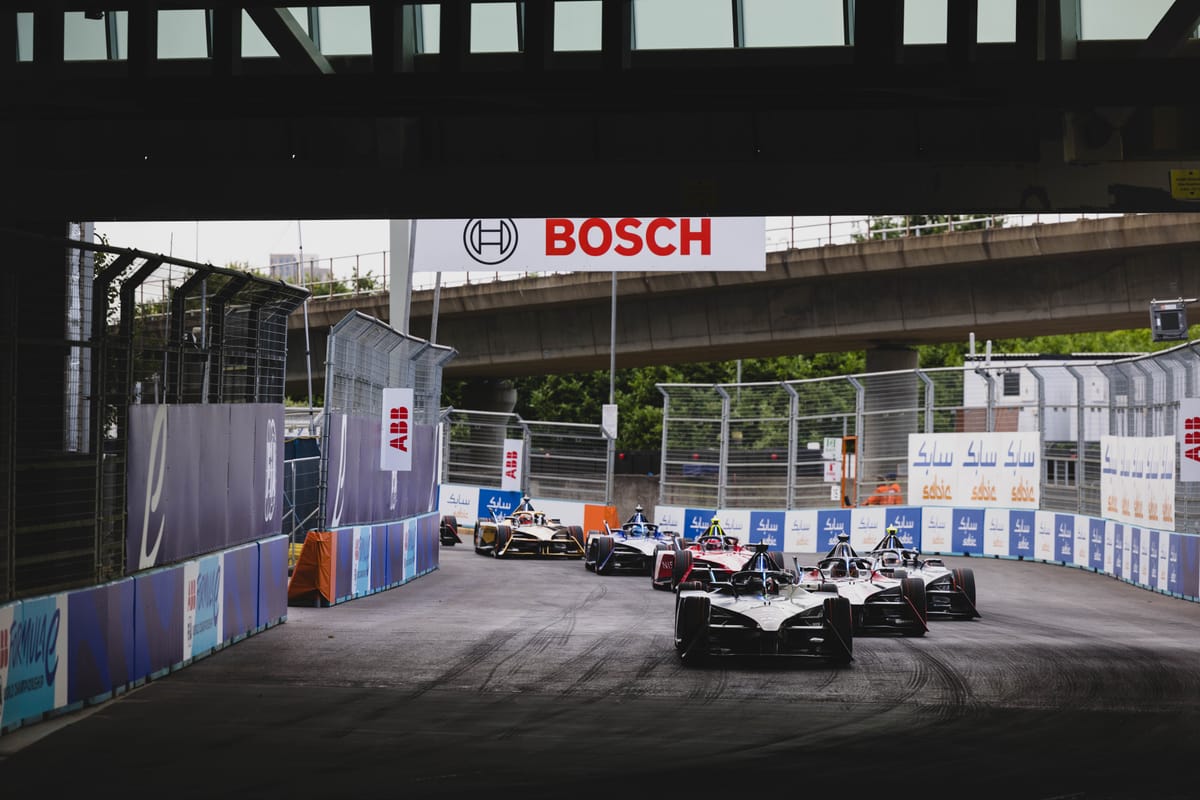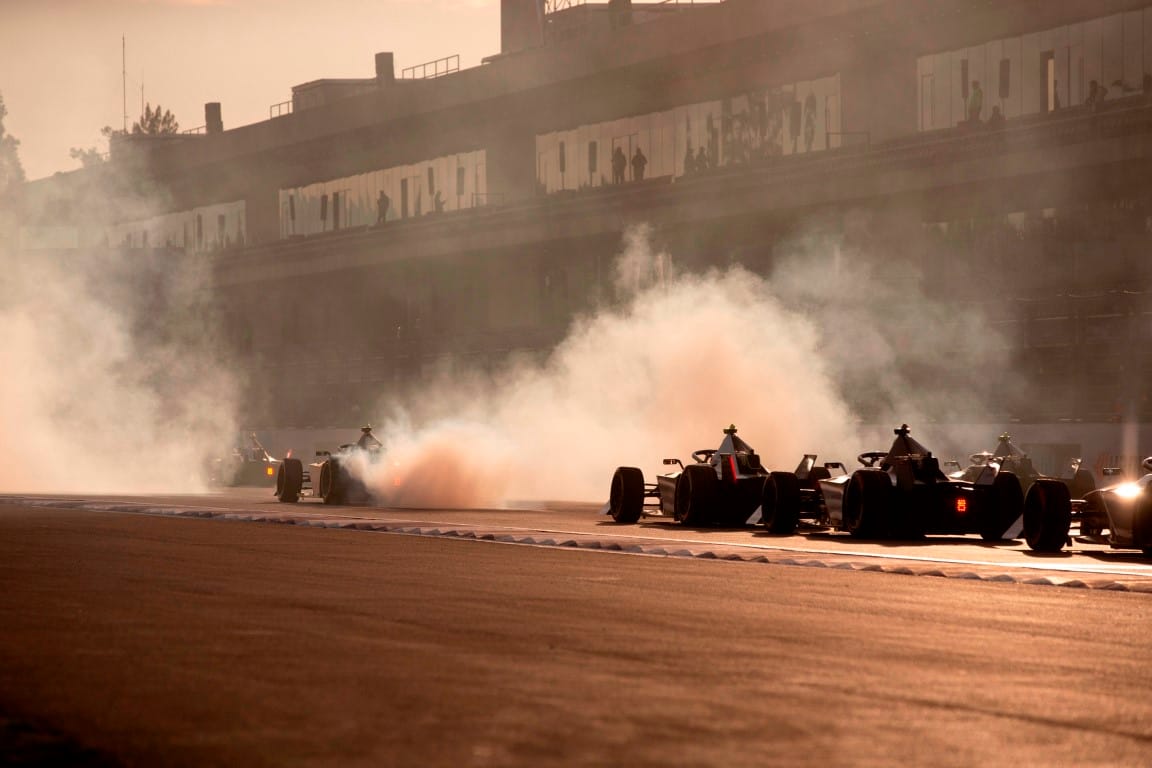Formula E has scrapped controversial plans to introduce points for leaders on specific laps of races, but pitstops could return for the first time since 2018 instead.
The so-called ‘Golden Lap’ initiative was set to be included in new sporting regulations but the idea has been discontinued after discussions with competitors - who were largely scathing about the idea after it was initially set to be included in the updated regulations with no prior consultation with teams about the plan.
Two lap numbers would be picked and announced ahead of races with leaders of each lap rewarded by a point. With points for pole and fastest lap a total of 31 could have been allocated per race.
The Race revealed the plans earlier this month with teams told at a meeting just prior to that the Golden Lap idea would be used as an alternative sporting idea to the Attack Charge fast-charging pitstop format should that not be ready for utilisation next season.
That information was met with considerable scepticism at best and otherwise open hostility by teams and drivers, who believed it was not necessary in the often chaotic racing that manifests itself at some E-Prixs.
Speaking to The Race about the Golden Lap idea before it was canned, Maserati MSG driver Jake Hughes said he believed it just wasn’t necessary to add such ideas into the sporting framework.
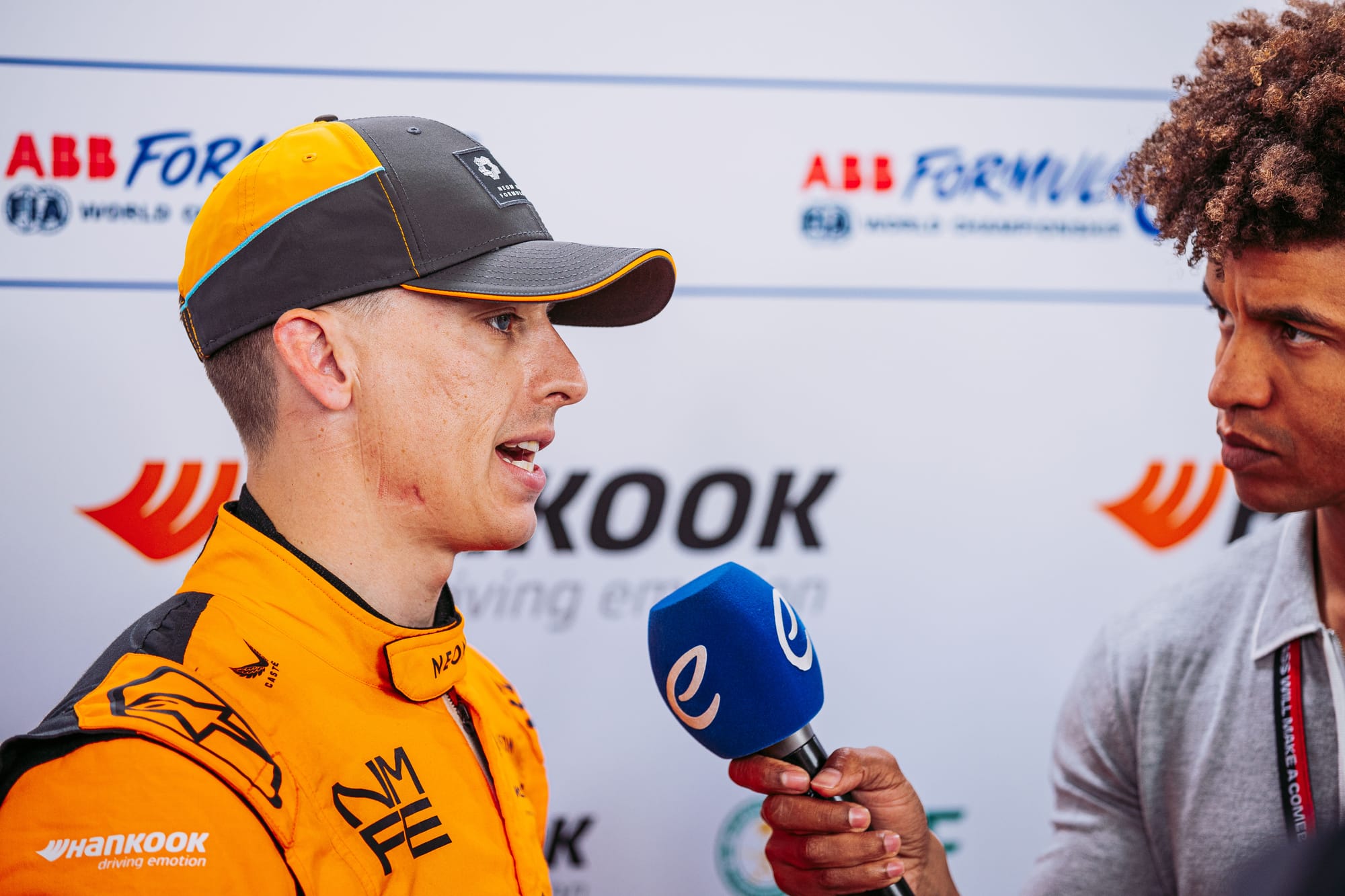
“I do admire Formula E in that sense of always trying to find different solutions of how to make a race,” said Hughes.
“From the limited knowledge I have of it at the moment, because literally I've just seen the headlines written, I've spoken to my engineers, my team boss, the initial feeling is I'm not sure if it's completely necessary if you consider the fact that we're planning to use attack charge and the attack mode which in general will hopefully become a bit a lot more of a strategic tool anyway.
“My gut feeling is you are probably still, as a team and as a strategy, biased towards protecting energy, protecting the entire track position, the end game let's say, rather than compromising the rest of your race for the sake of those one or two laps.”
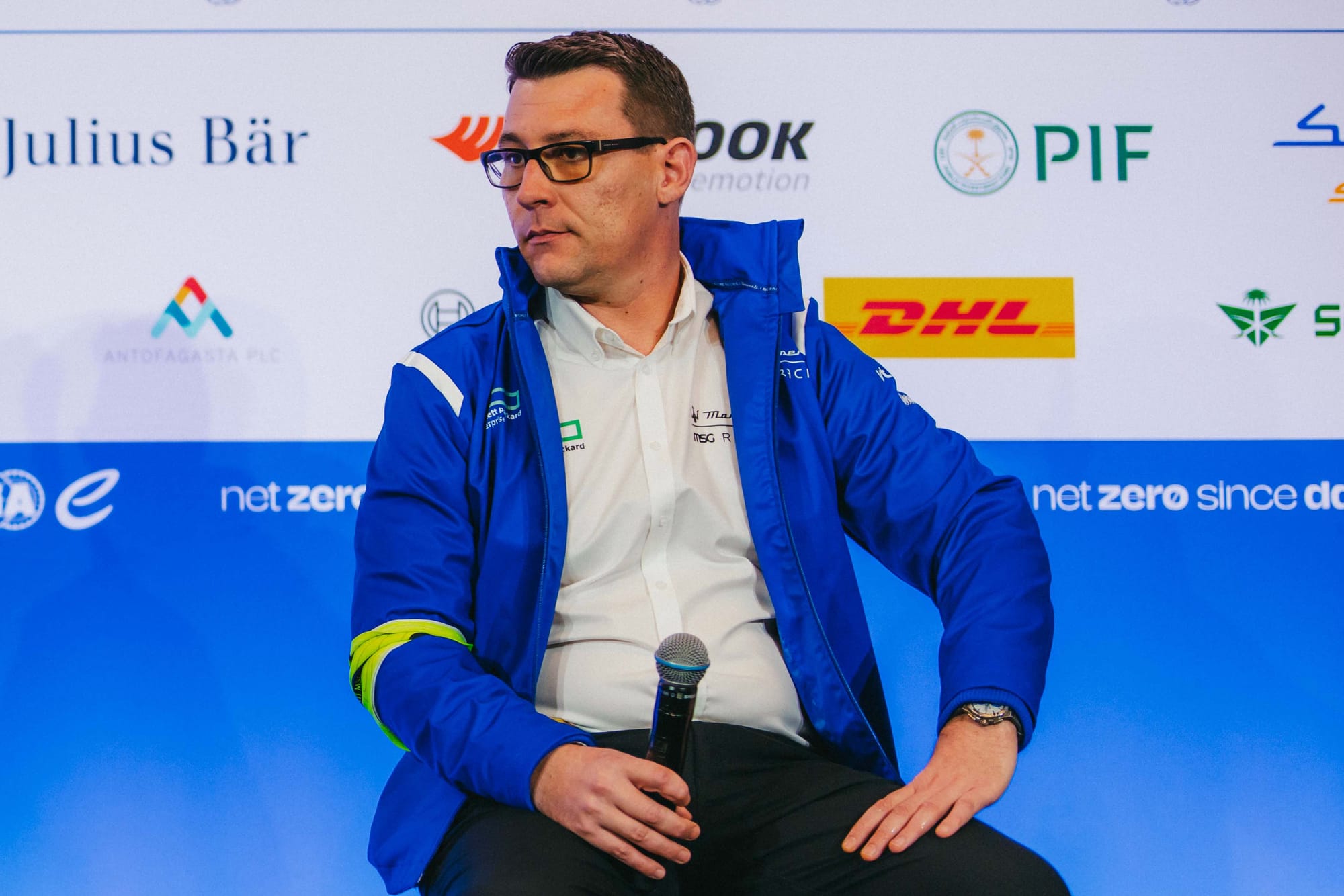
Hughes’ new team principal after his switch from McLaren to Maserati, Cyril Blais (above), shared his driver's concern, telling The Race that in his opinion the Golden Lap idea was “a bit too much”.
“We should look at maybe finetuning the number of laps, the energy allocation that was specific to races and see what could have done to change the dynamic, instead of introducing new rules on top of that,” added Blais.
“I think you need to do a lot of thinking because what happens if the 'Golden Lap' happens during safety car?
“Teams are very clever to find any loophole in any regulations and that could look bad on TV and on the championship.
“We understand the concept, we understand the requirements, but it was a bit too much too soon, and I think it needs a lot of thought behind it to make sure we cover all the aspects.”
Overall, concerns about over-complicating the races in conjunction with the currently active Attack Charge periods and the possible introduction of Attack Charge energy top-up pitstops led to the ‘Golden Lap’ idea being binned so some common sense eventually appeared with its non-appearance in the updated regulations.
Yet, there was still some confusion and embarrassment at the recent DS Penske launch of its new car in Paris this week when Jean-Eric Vergne, speaking to the media at the event, began to talk about the Golden Lap before being promptly silenced by Formula E chief operating officer Alberto Longo.
Attack Charge debut in Mexico?
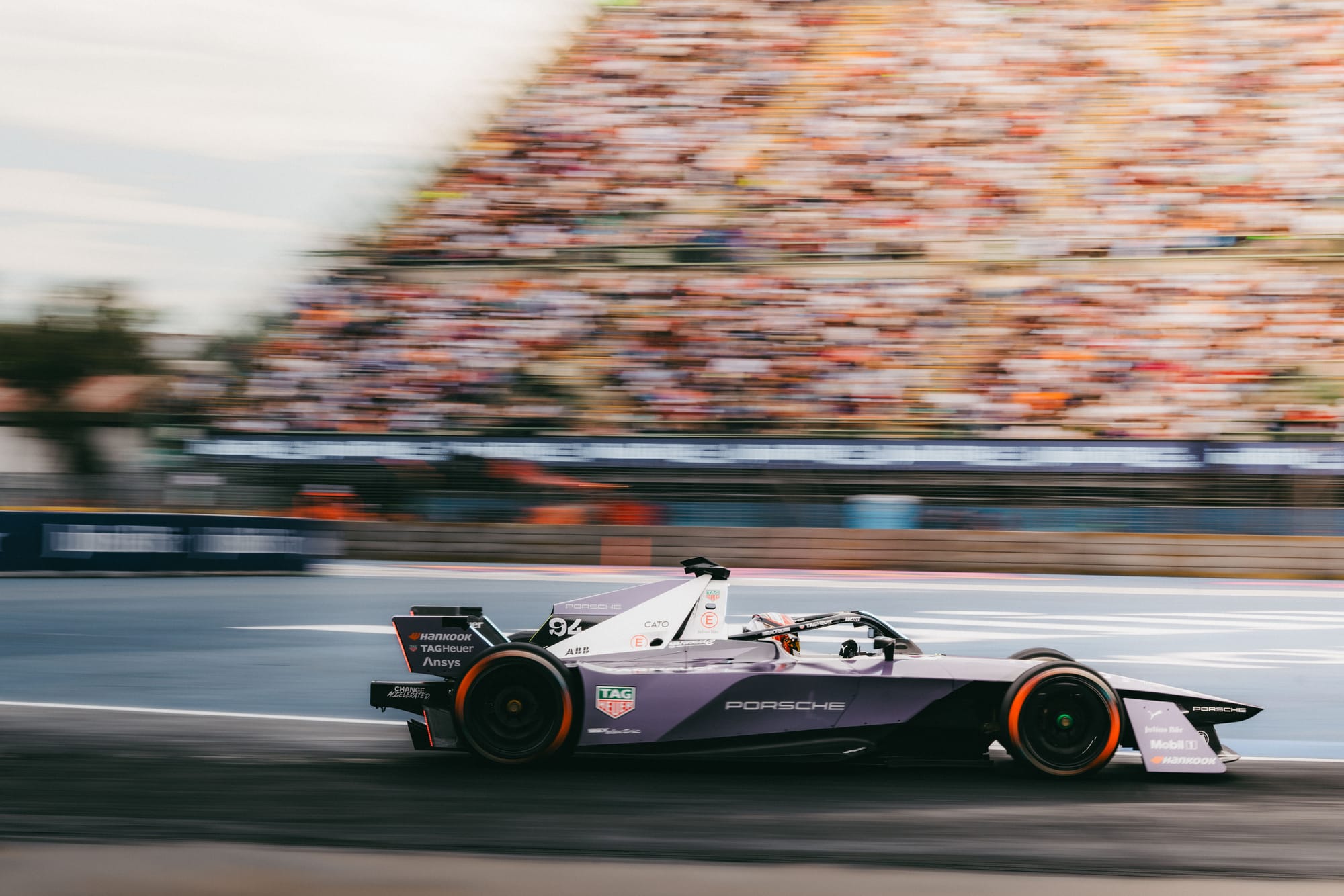
With ‘Golden Laps’ now consigned to the scrapheap, Formula E’s new focus on its sporting framework is set to be the Attack Charge pitstops for the new season.
As previously reported by The Race, all competitors will conduct an extra test ahead of Valencia next month to add extra evidence of the reliability and technical nature of the charges, which need to be as bulletproof as possible before use, particularly in how it affects the battery itself.
Testing has continued this week in private running for manufacturers and teams ahead of the Valencia runs next month.
The Mexico City E-Prix in January could be the venue for a competitive debut of the Attack Charge equipment to bring planned pitstops back to Formula E for the first time since 2018.
The Attack Charge plans have been written into the sporting regulations in varying capacities since 2023 but have yet to be implemented due to the project being at first delayed and then going through a long testing period.
Should the further development privately and at the Valencia test and dummy race prove positive then a public race debut at Mexico City is believed to be a target in preference to the actual season-opening event at Sao Paulo in December.
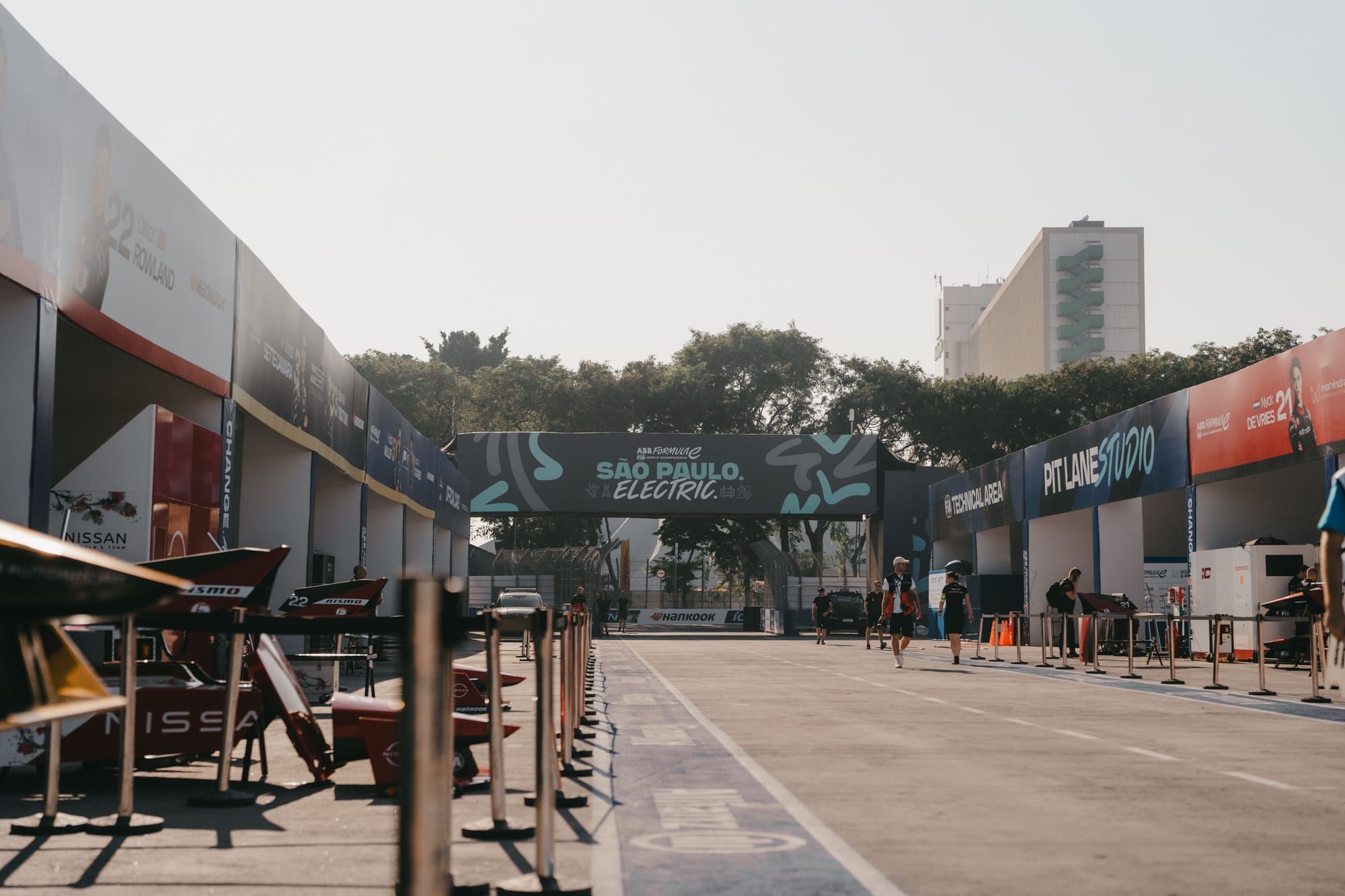
This is mostly due to the fact that Sao Paulo has a unique pitlane that means the field is split with opposite-facing garages in the temporary structures as opposed to the more traditional ‘one lane’ set-up of the Circuit Hermanos Rodriguez.
“If everything works as expected, I really feel confident that we can implement that in a few races during season 11 [2024/25], with the intention of having a full implementation in season 12 [2025/26] for all the races,” Formula E’s chief operating officer and co-founder, Alberto Longo, told The Race this week.
“We have 600million people watching motorsport or fans of motorsport in the world,” he added.
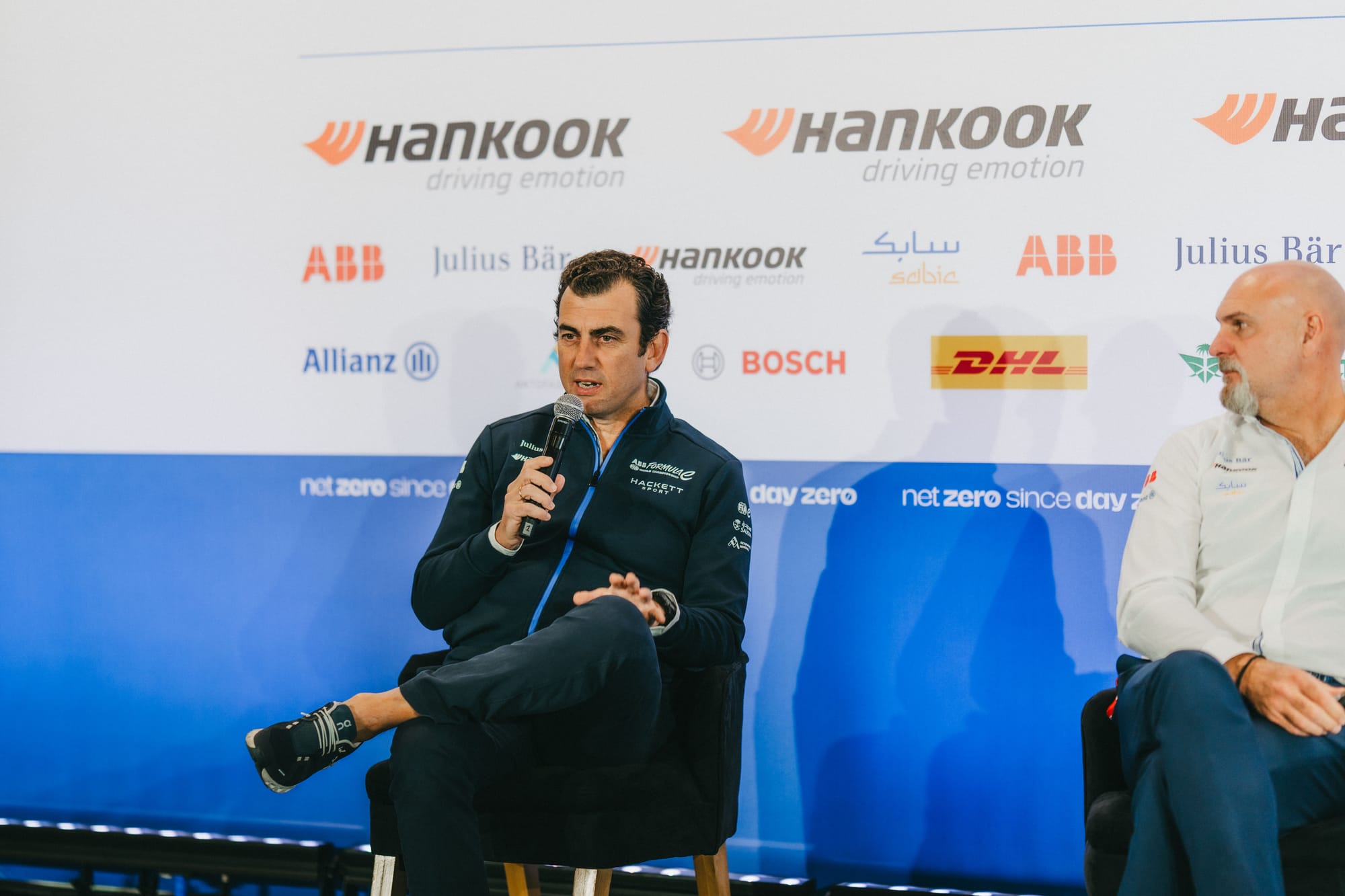
“There are eight billion people in the world today, so we need to attract more people to our sport and things like this [Attack Charge] are going to move the needle in terms of attracting new audiences to the sport that we love."
Longo also explained his and Formula E’s opinion of constantly challenging the competitors, something which the promoters and the FIA have done consistently since the championship was founded a decade ago.
“I think we need to put the difficult and challenging things to the teams and the manufacturers, in order to be a more attractive and spectacular sport otherwise we become just another motorsport race which is predictable,” he said.
“We definitely need to fight against predictability, and the booster [Attack Charge] is going to play a big role in it.
“On top of that, we're showcasing the technology too.”


